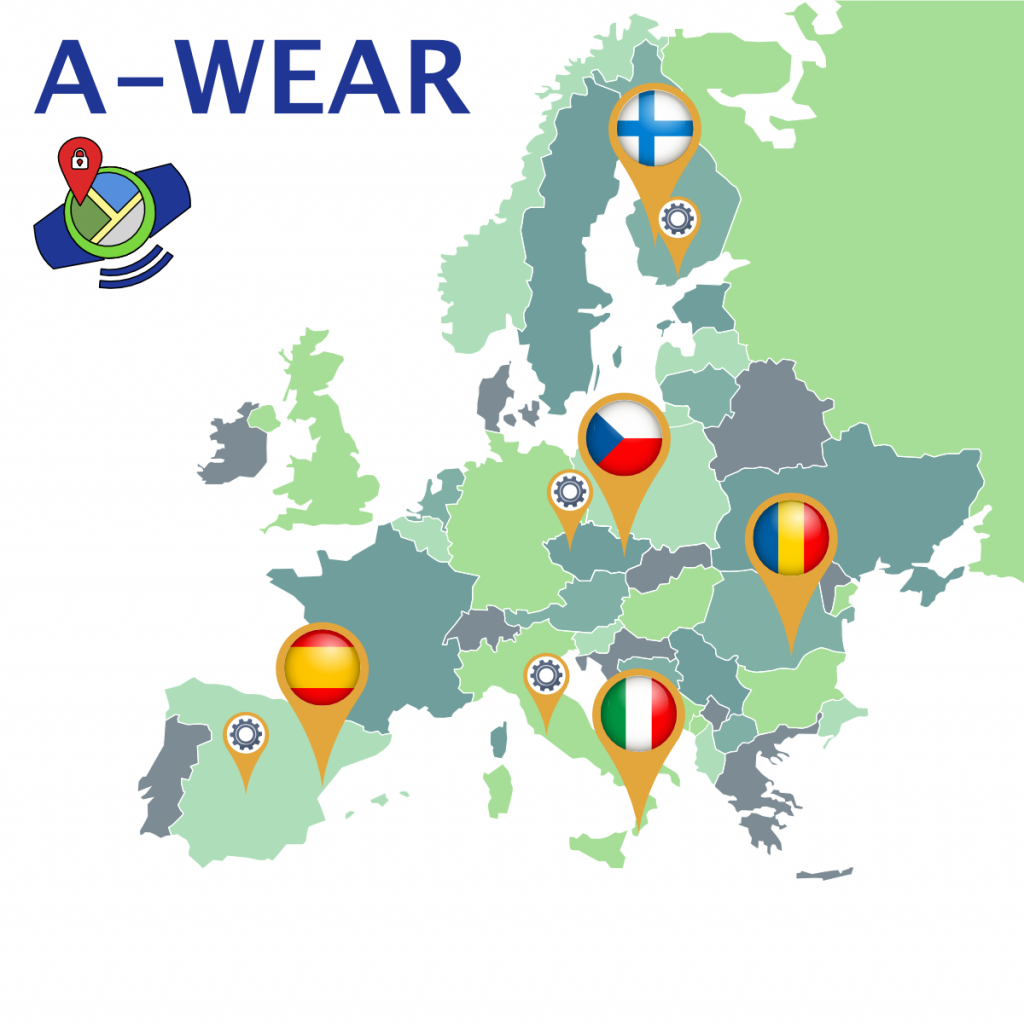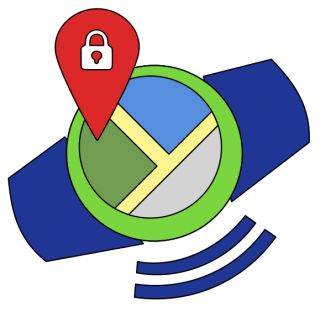A-WEAR involves 22 academic supervisors, all of them having a PhD degree. 19 out of them have formal rights to supervise PhD students while 3 are relatively fresh postdocs which will act as co-supervisors. To facilitate the supervisory agreements and to ensure a continuous contact point and a synchronized supervisory procedure, each doctoral researcher will have one main academic supervisor, and additional academic and industrial supervisors. All will follow the ESRs’ progress through review procedures and feedback mechanisms, coordinated by each main supervisor. Weekly meetings and a biannual review meeting with the ESR will be held to evaluate progress.

Academic beneficiaries:
- Tampere University (TAU), Finland – former Tampere University of Technology
- Universitat Jaume I de Castellon (UJI), Spain
- Brno University of Technology (BUT), Czech Republic
- University “Politehnica” of Bucharest (UPB), Romania
- Universita Mediterranea di Reggio Calabria (URC), Italy
Industrial partners:
- UBIK Geospatial Solutions S.L., Spain
- Netcope technologies, Czech Republic
- CITST, Romania
- NXP Semiconductors, Romania
- Wirepas, Finland
- Digital Living, Finland
- Beia Consulting, Romania
- S2 Grupo, Spain
- Ericsson, Finland
- City of Castellón, police department, Spain
- IDOM Consulting, Engineering, Architecture S.A.U., Finland
- Sewio Networks, Czech Republic
- T6 ECosystems, Italy
Detailed description:
Tampere University (project coordinator and former Tampere University of Technology) operates since 01.01.2019. Three higher education institutions in Tampere – the University of Tampere, Tampere University of Technology and Tampere University of Applied Sciences – joined forces to develop a new operational model in Finnish higher education. This new, combined institution was launched on 1 January 2019, when the University of Tampere and Tampere University of Technology merged to create Tampere University. The new Tampere University, together with Tampere University of Applied Sciences, form a new higher education community in Tampere with competitive edges in health, society and technology. The strength of the community lies in bringing these areas together to create a multi-disciplinary, inspirational and globally attractive research and learning environment – one that places humanity at its centre. The new higher education community is the second largest university community in Finland, with 35,000 students, 50 international degree programmes, 3,500 international students, and 1,000 international partnerships. The A-WEAR team has an active track record in research funding through EU, EUREKA, NSF, national Finnish funding (Tekes, Academy of Finland), and direct industrial funding.
Universitat Jaume I de Castellon is a public higher education and research institution. It offers 31 degree programs in the areas of Humanities and Social Sciences, Law and Economics, Health Sciences and Technology and Experimental Sciences. The Institute of New Imaging Technologies (INIT) (http://www.init.uji.es) was created with a multidisciplinary vocation which covers several scientific and technical fields, and is made up of 5 different departments (Computer Science, Physics, Mathematics, Engineering and Computer Science, Mechanical Engineering and Construction) it consists of many research groups related to GI, such as the GEOTEC Group (http://www.geotec.uji.es). The group GEOTEC is working on Spatial Data Infrastructures and Services, sensor networks, crowdsourcing, machine learning, indoor localization & positioning, mobility systems, integration, interoperability, ubiquitous access and advanced visualization.
Brno University of Technology is the second largest and the second oldest technical university in the Czech Republic with approx. 23,000 students currently studying at 8 faculties. The BUT team consists of the members of the Wireless System Laboratory, Cryptology Research Group and Signal Processing Group, all located at the Department of Telecommunications at the Faculty of Electrical Engineering and Communication (FEEC) which is the third largest faculty of BUT. The team is also a part of the Sensor, Information and Communication Systems (SIX) research center, which provides advanced up-to-date equipment within its research laboratories. The equipment of the SIX center can be directly used in the project without posing any additional costs.
University “Politehnica” of Bucharest is the oldest and most prestigious technical university in Romania. UPB will participate in A-WEAR through 2 faculties: the Faculty of Automatic Control and Computer (ACS, acs.pub.ro) and the Faculty of Electronics, Telecommunications and Information Technology (ETTI). ACS was declared the top-ranked faculty in the IT field in Romania. The Department of Computer Science in ACS is well known as a national pole of excellence in Intelligent Information Technologies, having well established contacts with many EU and international research units. ETTI staff has rich experience in research and teaches classes both to graduate and undergraduate students in the fields of Electronics, Microelectronics, Computer Engineering and Telecommunications.
Universita Mediterranea di Reggio Calabria is the first Calabrese university, founded in 1968. The research team of the ARTS laboratory at URC (www.arts.unirc.it) involved in the project activities has a long-lasting experience in the area of the project. The research activities span different topics and include: design of protocols and architectures for wireless networks (LTE/LTE-A cellular networks, IEEE 802.11x); 5G systems (D2D, MTC); Internet of Things (Social Internet of Things, cloud platforms for IoT, narrowband-IoT, sensor networks); future Internet (information-centric networking, tactile Internet); mobile cloud architectures (fog/edge computing, cloud federation). The team is involved in international scientific collaboration with many universities, research centres and industries.

